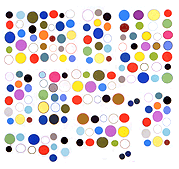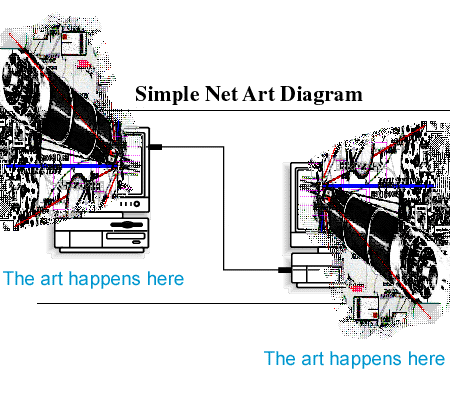Comments on the Republican National Convention and Sarah Palin's speech.
Joe Klein, Time blog:
Palin's was an authentic, sarcastic, white working-class voice--absent the economic pain at large in the country, the fact that median families have lost $2000 in disposable income during the Bush presidency. The Democrats are betting that the pain will trump the sarcasm this year; the media reaction you're seeing, including my own, comes from the knowledge that sarcasm has trumped pain so often in recent history.
Matt Stoller, Open Left:
I'm watching the Republican line-up, just getting done with Giuliani, and what strikes me is the utter sense of hatred and contempt for ordinary people emanating from this Christian white group.
Steve Clemons says that Palin added some sizzle to the convention, and I'm sure that's right. When I left, this was a deadened and frustrated group. But now I see on TV an air chopping Giuliani dripping with hatred in a symbiotic relationship with a lustful and excited crowd. This hatred, this anger, this rage is what they love. This is who they are.
This party is aroused by a raw primal screeching bitterness. I don't know if independents see Rudy's prime time speech like I see it, but what I see is a vicious white mob who laugh and sneer at people losing their homes in the name of small town American values and who hate community organizers [such as ACORN] standing up for those people.
tremayne, Open Left:
For this campaign, [McCain campaign manager Rick] Davis says the McCain strategy is to avoid the issues because:
"This election is about a composite view of what people take away from these candidates."
What comprises that composite view? Part of it must be babies. Yes, this year they will be wrapping themselves not only in flags but in babies. This is an astute political move I suppose: who opposes cute little babies? And so we got shot after shot tonight of the Palin's newest addition being held by, I think, every family member at one point or another. I think the strategy is something like: I dare you NOT to vote for this baby.
Besides the baby there was also an appeal to Bubba. Not Bill in particular but any and all voters who consider themselves "regular" and "hard working" and from either a small town or a narrow perspective. In this Palin certainly succeeded in firing up the base. And so the McCain campaign has shifted from one targeting the maverick middle to a Rove-style approach of motivating the right and demonizing your opponent.
One could have a wide perspective and be from a small town but Palin's appeal is to those bitter people Stoller talks about who don't understand their problems are a consequence of modernity (including corporate outsourcing and streamlining) and therefore find a scapegoat in "liberal elites" who look funny and use them big words.

